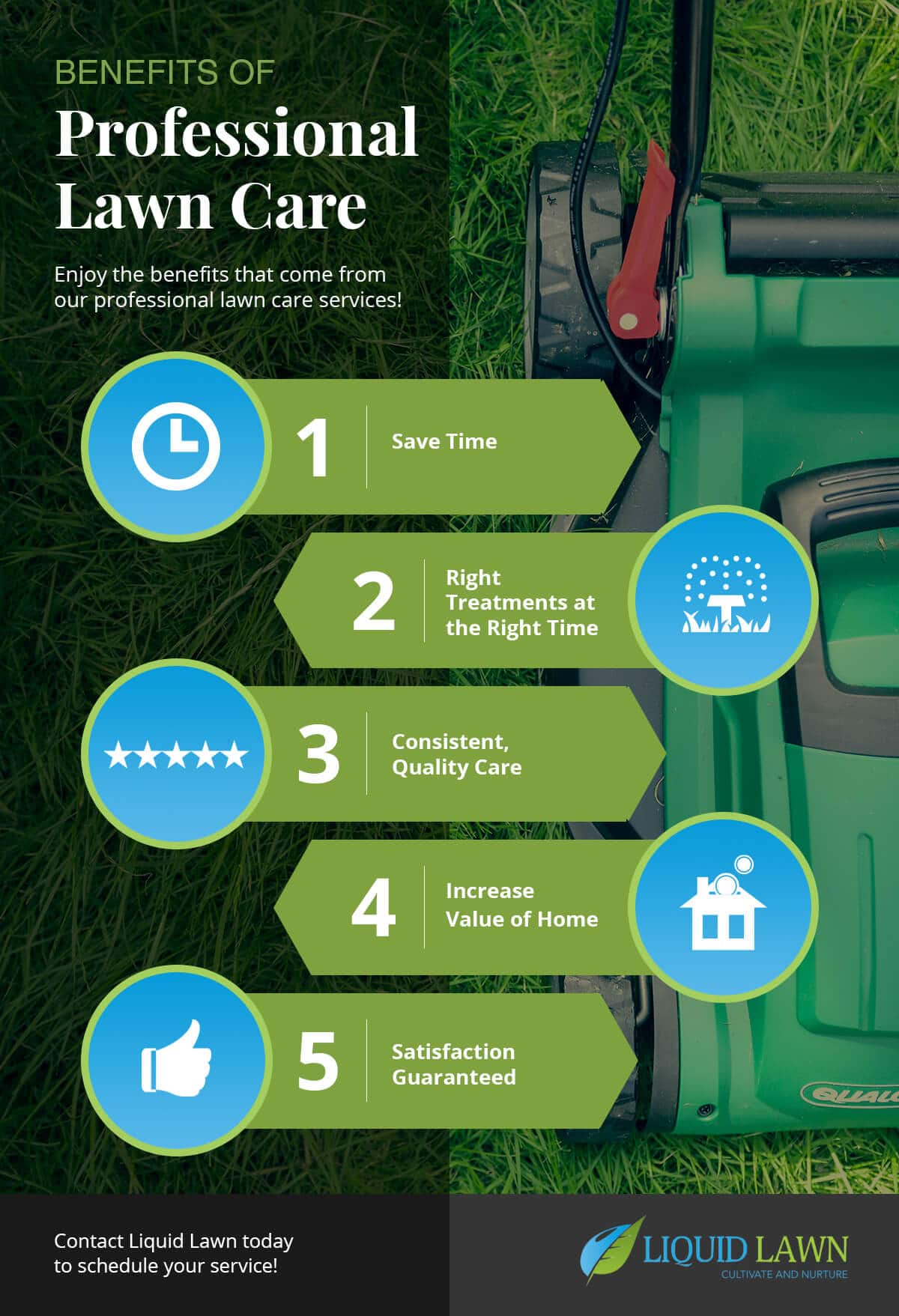Lawn Care Frequently Asked Questions From Liquid Lawn
At Liquid Lawn, we want to help you get the lush green lawn you’ve always wanted. Our team of professionals knows how to cultivate and nourish your yard to achieve the best results. From weeds and insects to diseases and more, we have the experience, knowledge, and tools, to eradicate your lawn problems and help you have the best lawn on the block. Contact us today to schedule your service in Georgia or Northern Florida.
Lawn Care Services From Liquid Lawn

Weed Control & Fertilization

Insect & Disease Prevention

Lawn Disease Program

Lawn Care Advice
General Lawn Care FAQs
Schedule Your Lawn Care Service Today!
FAQ Questions
Let Us Enhance Your Lawn!
Experience the Liquid Lawn Difference!
You deserve to enjoy your yard without the hours of sweat and hard labor it can take to eliminate pests, weeds, and more. At Liquid Lawn, our Top Rated Local® lawn technicians can quickly identify whatever issues your yard might have so that we can start the right lawn care service immediately. We guarantee our services, so contact us today for a free quote!

Contact Us For A Free Consultation
"*" indicates required fields
